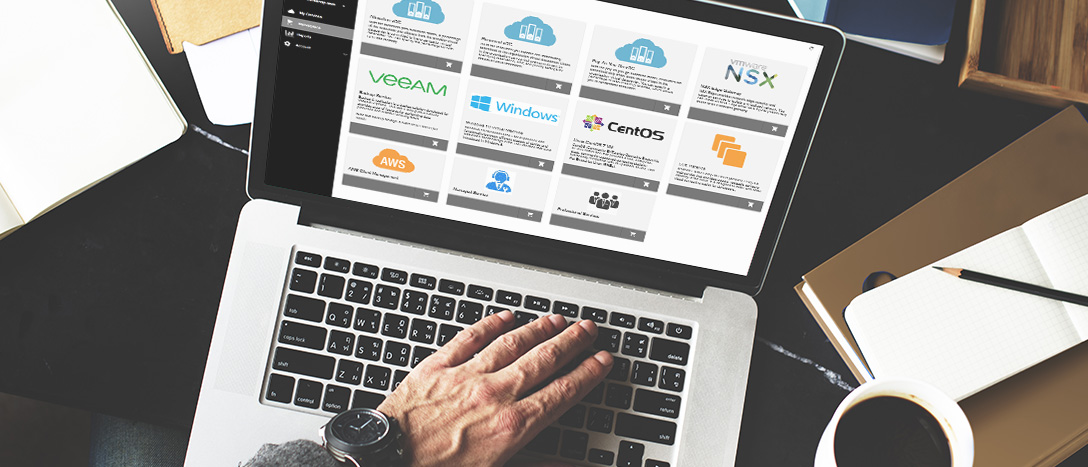The Pursuit of the Perfect Cloud Service Billing Platform

“Everyone talks about it, nobody really knows how to do it, everyone thinks everyone else is doing it, so everyone claims they are doing it.”
That quote belongs to Dan Ariely, James B. Duke Professor of Psychology and Behavioral Economics at Duke University. He meant to compare big data to a specific taboo subject typical of high school. In the context of cloud services, he might just as well have been talking about the “single pane of glass.”
Enterprises with a multi-cloud IT strategy want the best combination of service and price and seldom care where it comes from. They want the flexibility to shift workloads on demand between service providers. With each prominent cloud provider offering tens of thousands of service/price combinations, effective usage monitoring is crucial to ensure the enterprise is paying only for what it uses and not mounting unexpected charges that will make for a painful bill at month end.
The elusive Holy Grail
Automation to monitor and report on usage across a multi-cloud environment, to comprehensively visualize it in a single dashboard, is the Holy Grail. However, while the need for this “single pane of glass” is obvious, achieving it is far less straight forward.
Owen Rogers, a research director at 451 Research, summed up the difficulty well in a recent Search Cloud Computing article, where he compared the single pane of glass to a universal remote for your home entertainment system.
“Having just one control for all your devices is a lot more convenient than multiple controls. However, each device has its intricacies that can’t be captured by a single control,” he said. The challenge is the loss of fidelity, where a single dashboard can’t capture the differentiated features or services between providers.
Rivals only cooperate to a point
The critical pain point for the enterprise with a multi-cloud strategy (and by extension, its MSP) is what services are being used, by whom, and when.
It’s common knowledge that most enterprises looking to the cloud are multi-cloud, with their workloads spread between six clouds, on average.
Service providers are not blind to this reality. They know usage monitoring for accurate billing is a huge issue for customers. On the other hand, everyone has their turf to protect. It just isn’t realistic to expect a big cloud provider to solve the single-pain-of-glass challenge without suffering from these “universal remote” shortcomings.
What about MSPs? Smaller shops don’t have the internal resources for a DIY build of a single pane of glass – they need to find a third-party tool. Larger shops could build their own. The enterprise client isn‘t going to care one way or the other so long as it gets what it needs. However, even for a large MSP, is it worth the expense to embark on a DIY build versus partnering with a neutral third-party that is solely focused on solving the universal remote challenge for the industry as a whole?
The need for a neutral third-party
What the market needs are an automated platform that is truly agnostic, purposely designed to scale as needed for today’s multi-cloud environment. A platform any MSP can adapt to provide the single pane of glass, the single point of data, its enterprise customers, so desperately need.
Because in a multi-cloud world, anything developed by a cloud provider, even if it claims compatibility and cross-functionality with the clouds of its rivals, is unlikely to provide the small- to mid-sized MSP with the full functionality it needs, at a cost point that makes sense for its business or its clients’.
To discuss how we can help you achieve your business goals, Contact us today to set up a Free Trial and start the conversation.







[…] and efficiently bill for a buffet of cloud services. The issue in the industry has long been the lack of a truly viable “universal remote” or “single pane of glass” which they can procure from a third party to address these business […]